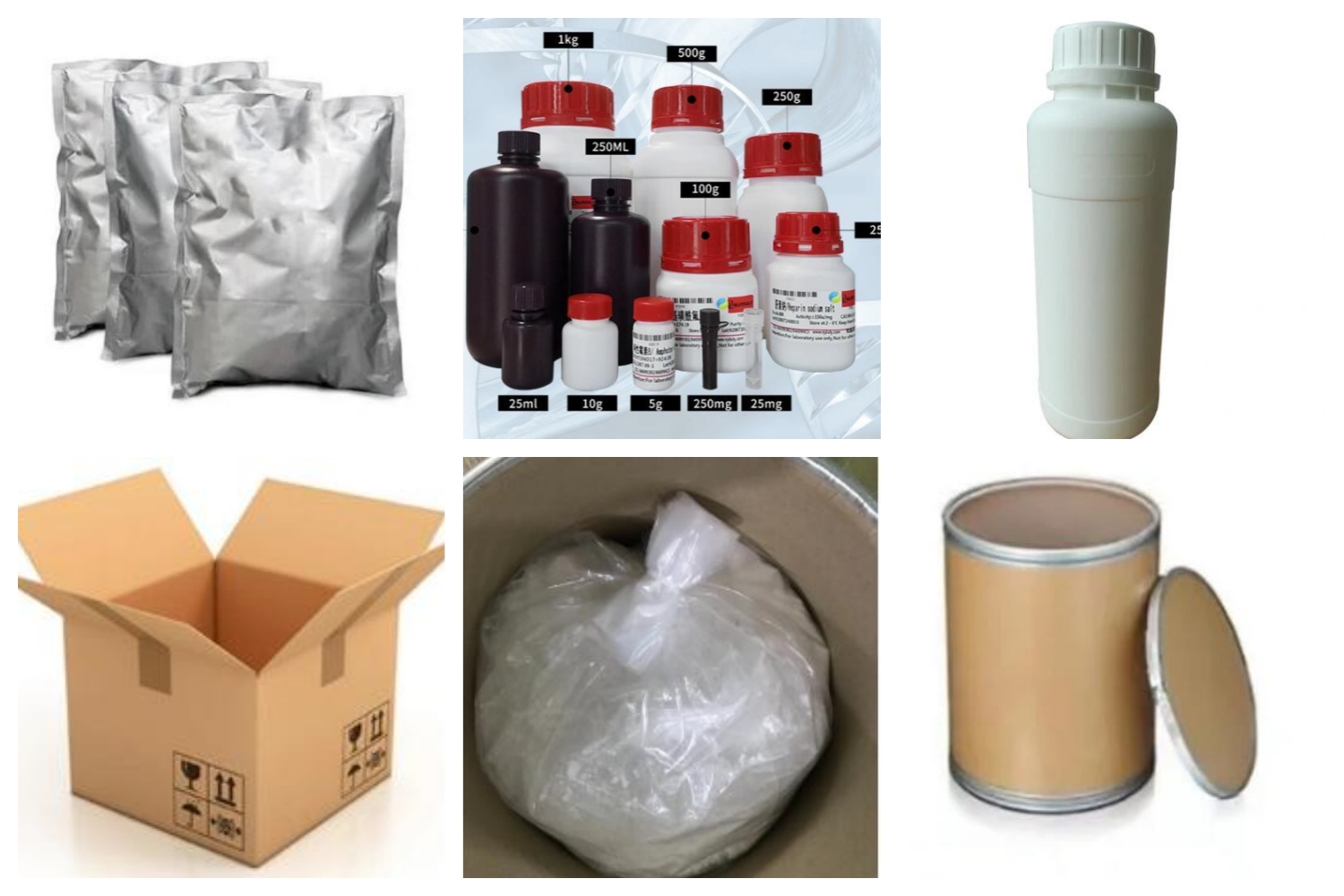Application and Effect
Electron transfer and enzymatic activity: MPMS is used as an artificial electron acceptor in enzymatic assays to measure electron transfer and enzymatic activity. It can be reduced by donating electrons to enzymes and other redox-active molecules, allowing researchers to study the kinetics and efficiency of enzymatic reactions. Mitochondrial respiration and oxidative phosphorylation: MPMS is frequently used in studies focused on mitochondrial metabolism and energy production. It serves as an electron carrier in mitochondrial respiration, allowing researchers to measure electron flow and investigate various aspects of oxidative phosphorylation. Membrane potential measurements: MPMS can be used to measure changes in the membrane potential of cells. By monitoring the reduction and re-oxidation of MPMS, researchers can assess alterations in the electrochemical gradient across the cell membrane, which is important in processes such as ion transport, signaling, and cellular homeostasis. Assessment of antioxidant capacity: MPMS is used in antioxidant capacity assays to measure the ability of compounds or biological samples to scavenge free radicals and protect against oxidative stress. The reduction of MPMS is indicative of the antioxidant capacity of the tested substances. Redox-sensitive dyes: MPMS is frequently used as a redox-sensitive dye in various experimental setups. Its ability to undergo reversible oxidation and reduction reactions makes it suitable for monitoring redox changes in biological samples or cells.Product Packing:

Additional Information:
| Composition | C14H14N2O4S |
| Assay | 99% |
| Appearance | Yellow crystalline powder |
| CAS No. | 299-11-6 |
| Packing | Small and bulk |
| Shelf Life | 2 years |
| Storage | Store in cool and dry area |
| Certification | ISO. |
